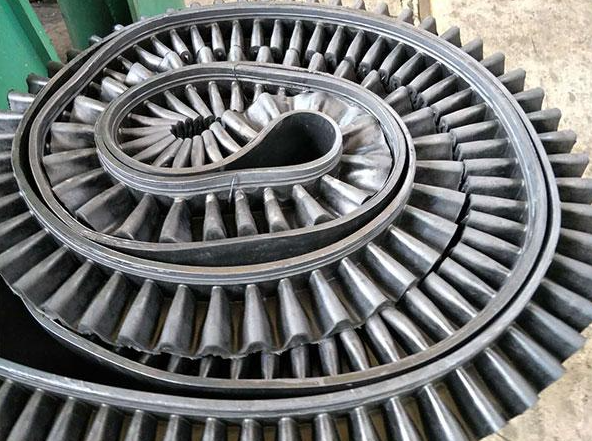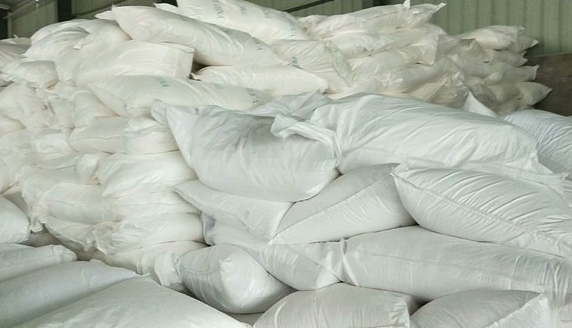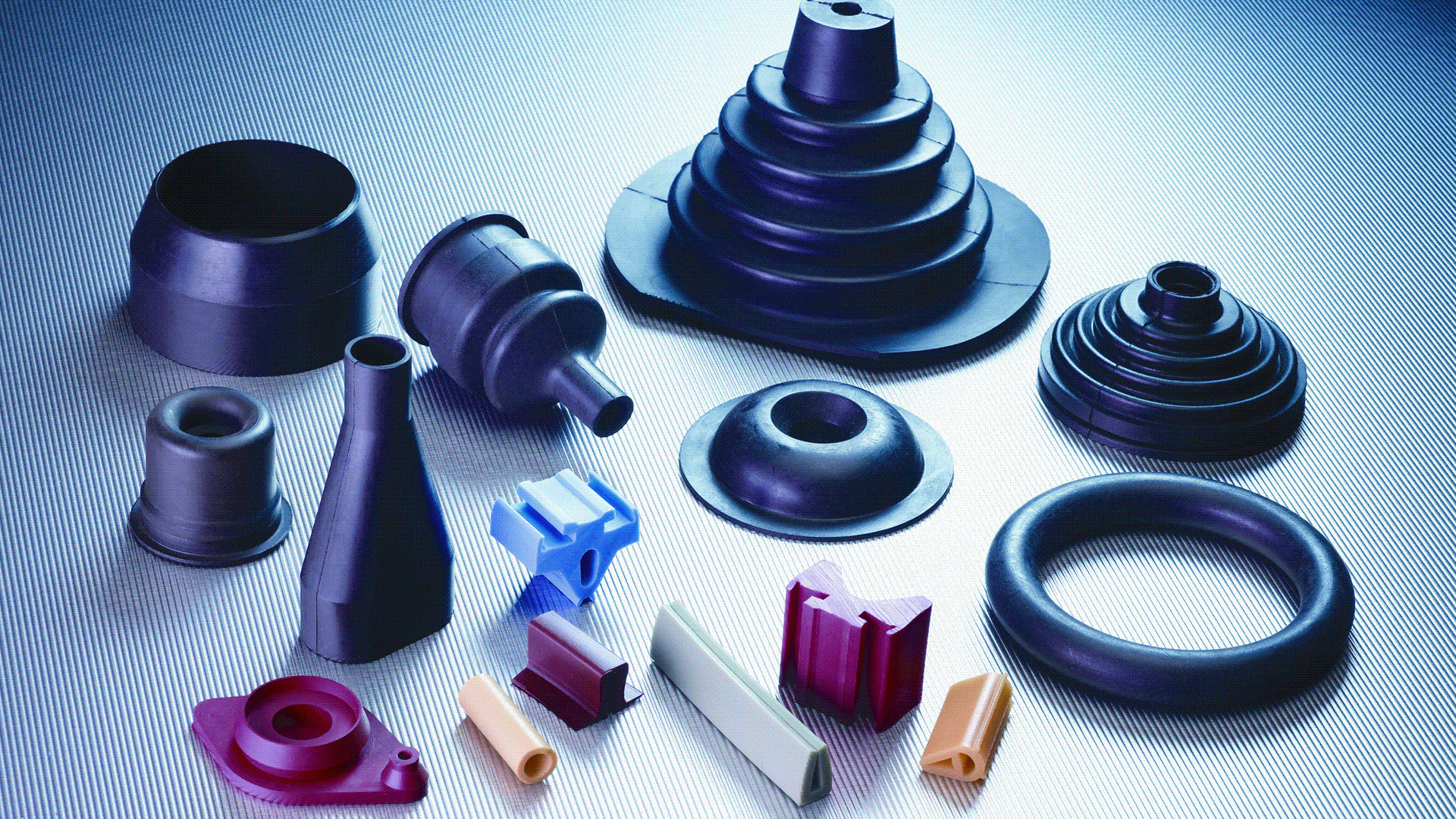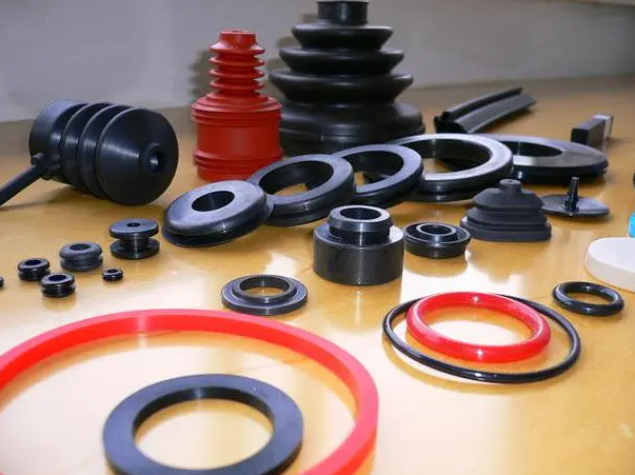Three elements of rubber vulcanization (time, temperature and pressure)
Jul 21,2021
The three process parameters of rubber vulcanization are: temperature, time and pressure. Among them, the vulcanization temperature is the parameter that has the greatest influence on the performance of the product, and the research on the influence of the vulcanization temperature on the rubber products is also everywhere. However, the vulcanization pressure is less tested.
Specific application of white carbon black
Sep 05,2020
Carbon black is divided into many kinds, such as pigment carbon black, special carbon black, white carbon black, etc. Among them, white carbon black is a kind of special carbon black with white color and soft texture, which is widely used in many fields.
Silica can be used as a reinforcing agent for rubber, and its reinforcing performance is even better than that of pigment carbon black after ultrafine treatment. It is more suitable for the production of light-colored rubber.
Silica can also be used as a thickener, for oil, paint to reconcile a very important role. At the same time, it can also be used as a paint depilant, a thixotropic agent for electronic component packaging materials, a precipitating agent for fluorescent powder when fluorescent screen is coated, a filler for color printing plates, a mold release agent for casting, etc.
After the silica is added to the resin, it can improve the moisture resistance and insulation performance of the resin. Filling in plastic products, can increase the resistance to sliding and oil. Filled in silicone resin, it can be made of plastics resistant to 200°C or more.
Silica is used in the paper industry as a filler and as a surface furnish for paper. It is also used as a carrier or dispersant for pesticides and pesticides, anti-caking agents, liquid adsorbents and lubricants, etc.
In general, white carbon black is a multifunctional type of carbon black, which can emit light and heat in different fields.
Characteristics and functions of common rubber accelerators
Sep 05,2020
Adding accelerator to rubber can promote the reaction between rubber and vulcanizing agent, improve the vulcanization speed, reduce the vulcanization temperature, shorten the vulcanization time, reduce the amount of vulcanizing agent, and improve the physical and mechanical properties of vulcanized rubber.
A, different rubber with different vulcanization system, different accelerator type.
B. Accelerant plays a decisive role in the scorch performance, and the correct selection of accelerant is helpful to the mixing, rolling, extrusion and operation safety of the rubber compound. Generally, molding vulcanization requires a certain scorch time, while no mold sulfur does not require a long scorch time.
C. The scorch resistance of the accelerator is related to its critical temperature. The accelerator is activated rapidly beyond the critical temperature. When a variety of accelerators are used together, some accelerators will be inhibited, and some accelerators will have greater activity at the critical temperature.
D, the combination of accelerator should make the rubber material have a wide vulcanization flatness.
Rubber is a poor conductor of heat, and the internal heating of the rubber surface is not the same. Broad vulcanization flatness is the guarantee to avoid excessive sulfur and make all parts of the product vulcanized evenly.
E, the reasonable collocation of accelerator can also improve the aging performance of vulcanized rubber, there is a certain plastic solution, can improve the processing performance of rubber. Disadvantages, poor dispersion of the accelerator, pollution, the current use of the accelerator is generally not toxic.
11 Frontier Technology Research and Development Topics in Rubber Industry
Sep 05,2020
面向橡胶行业的发展趋势和动态,针对行业内具有产业应用前景的方向进行课题发布,重点关注橡胶行业的共性问题、机理研究和新材料制备过程中基础问题的解决。下设11个开放课题,执行期限不超过3年。
课题1:橡胶大变形动态本构与极限工况仿真方法及实验方法研究
研究交联橡胶在外应力作用条件下材料宏观、微观形变行为特征和力学演变历程,建立交联橡胶在外应力作用条件下非线性形变行为计算机分析方法与本构模型。通过计算机模拟橡胶断裂、疲劳、摩擦等微观形变行为的作用过程,分析橡胶的形变及破坏原理。
课题2:合成高顺式聚异戊二烯用稀土催化剂、聚合工艺技术及稀土异戊胶性能的研究
研究可控合成高顺式聚异戊二烯技术,考察合成高顺式聚异戊二烯用稀土催化剂对聚合反应的性能影响,同时考察聚异戊二烯的结构与性能的关系。要求开发具有高活性、高选择性、适于生产的稀土催化体系,且高顺式聚异戊橡胶的顺式含量不低于98%。
课题3:硫化橡胶分子结构及凝聚态结构研究
剖析交联橡胶在不同研究体系、加工工艺、保存方式与时间及实际应用条件下交联键密度、交联键结构组成与含量变化、填料聚集结构及橡胶-填料凝聚态结构的变化规律,分析交联橡胶分子结构、填料结构与表面特性以及橡胶-填料相互作用对硫化橡胶物理性能的影响。
课题4:耐油耐高低温材料的研发
对几种不同耐温条件下密封材料的性能研究,具体涉及解决氟橡胶及硅橡胶的耐低温问题,丁腈橡胶耐高温问题,氯丁橡胶的耐低温问题及丙烯酸酯橡胶的低温弹性改善研究。
课题5:湿法混炼工艺中,橡胶及填料的微观结构、相互作用机理的研究
基于湿法混炼技术,开展橡胶填料表面处理及改性研究、橡胶微观结构研究和橡胶填料相互作用及填料分散性改进研究,要求采用此技术生产的轮胎在耐磨性保持不变的情况下,滞后损失至少下降60%。
课题6:智能轮胎关键技术研究
项目要求解决轮胎中主动和被动压力/温度/RFID等器件植入方法与工艺,开展轮胎复杂工况情况下的解调技术及其评估平台的研究。实现多传感技术融合以及轮胎的全生命周期监测和分析。
课题7:轮胎X光图像区域分割方法研究
开发设计X光图像基于灰度纹理特征的轮胎区域精确分割方法,具体包括:针对各种规格轮胎X光图像,研发0~4号带束层、子口包布、反包精确分割与边缘提取算法。
课题8:面结构光三维测量系统研究
开发设计基于面结构光的三维测量系统,具体包括:硬件选型与搭建,高精度(微米级分辨率)三维测量系统的研发,可以采用机械手或转盘方式,能从各种角度测量工件各部位尺寸,并通过三维拼接重建工件三维形状。
课题9:非一致性环境下轮胎X光图像缺陷检测研究
针对不同轮胎厂轮胎X光图像,利用统计纹理信息,设计通用的识别算法,快速有效地识别气泡、杂质,并进行区域分割,量化形状面积信息,最终识别算法达到误判率小于百分之二,漏判率小于千分之一。
课题10:机械手定位精度可靠性研究
基于故障物理与数字仿真方法,针对机械手定位精度可靠性问题,开展可靠性定量分析,确定薄弱环节,敏感应力和额定监控参数,为机械手定位精度可靠性的改进提供依据。在此基础上,设计机械手定位精度可靠性验证试验方法,并开展试验,从而为机械手定位精度可靠度的提升提供一套分析与试验方法。
课题11:动平衡测量系统测试数据可重复性研究
针对轮胎动平衡测量系统在测试数据可重复性不好的问题,基于DOE(试验设计)的方法,开展机械系统和测量系统性能参数的敏感性分析,找出影响测量系统的关键影响因素,为轮胎动平衡测量系统设计改进提供依据。在此基础上,设计动平衡测量系统可重复性试验方案并开展试验,从而为轮胎动平衡测量系统的数据可重复性提供一套分析与试验方法。






